In Images: Strange 600-Year-Old Spherical Fossils
Sphericam specimens
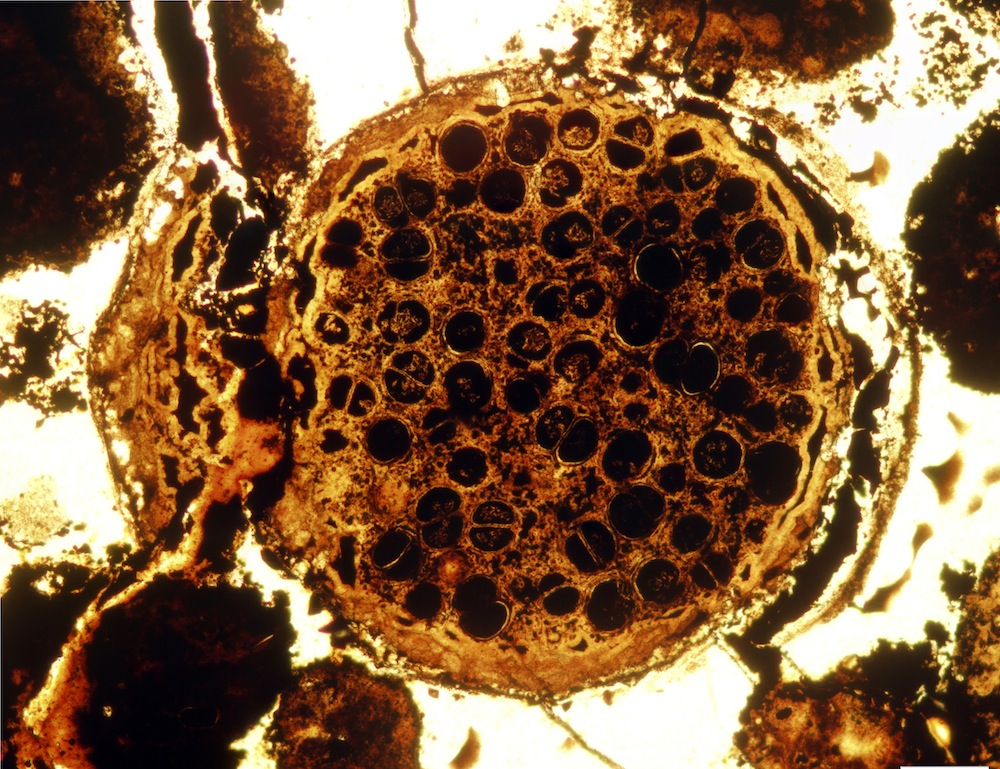
A multicellular spherical fossil dating back 600 million years from China's Doushantuo Formation. A new study, published in the journal Nature on September 24, 2014, finds that these fossils are either algae or early animal embryos, but are not bacteria or single-celled protists. This specimen is a mere 0.03 inches (0.7 millimeters) in diameter.
Different cells
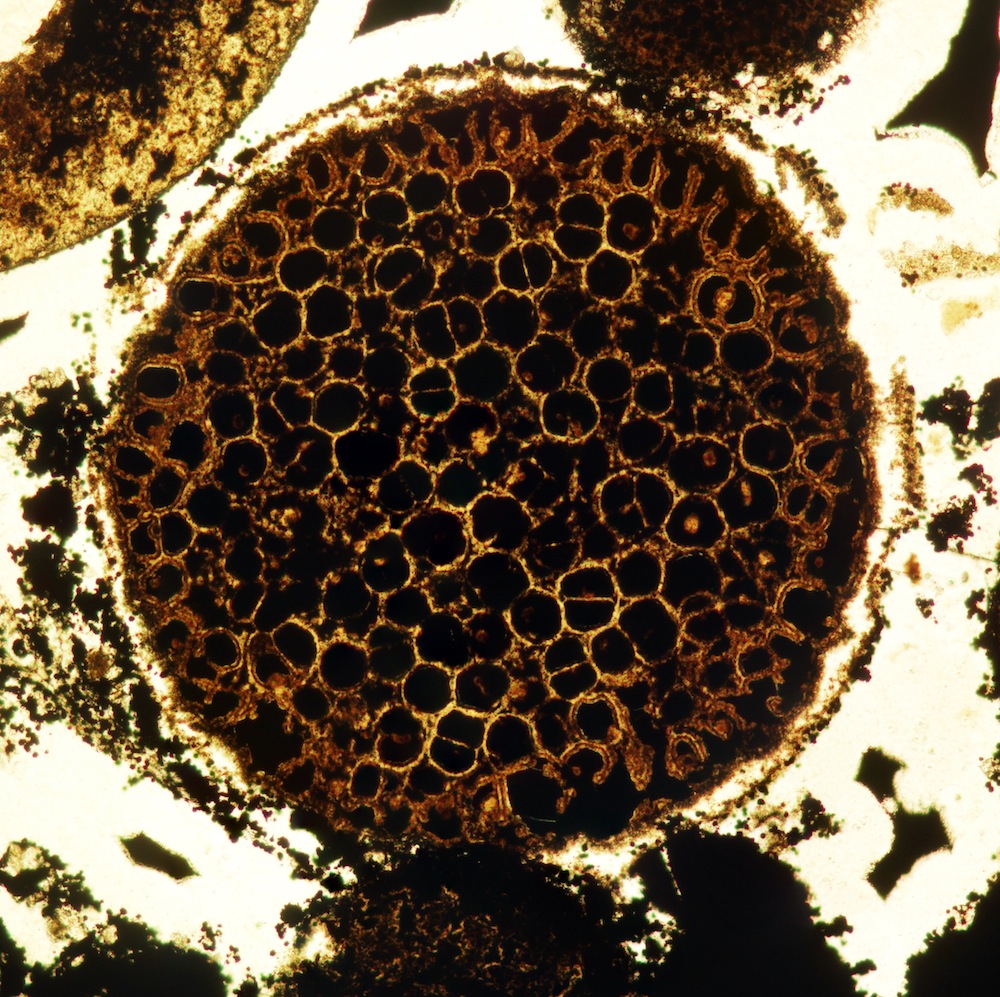
A multicellular specimen of the Megasphaera fossils shows dividing cells in its interior. The peripheral cells on the outside of the cell are slightly elongated, suggesting cell differentiation. Differentiated cells are a trademark of complex life. Animals, for example, have hundreds of types of cells that perform specific roles: muscle cells, blood cells, nerve cells, immune cells, reproductive cells and more.
Geobiologist Shuhai Xiao of Virginia Tech and his colleagues suspect that these fossils might represent a transition from simple single-celled life to more complex multicellularity in the world's oceans 600 million years ago.
Cell clusters
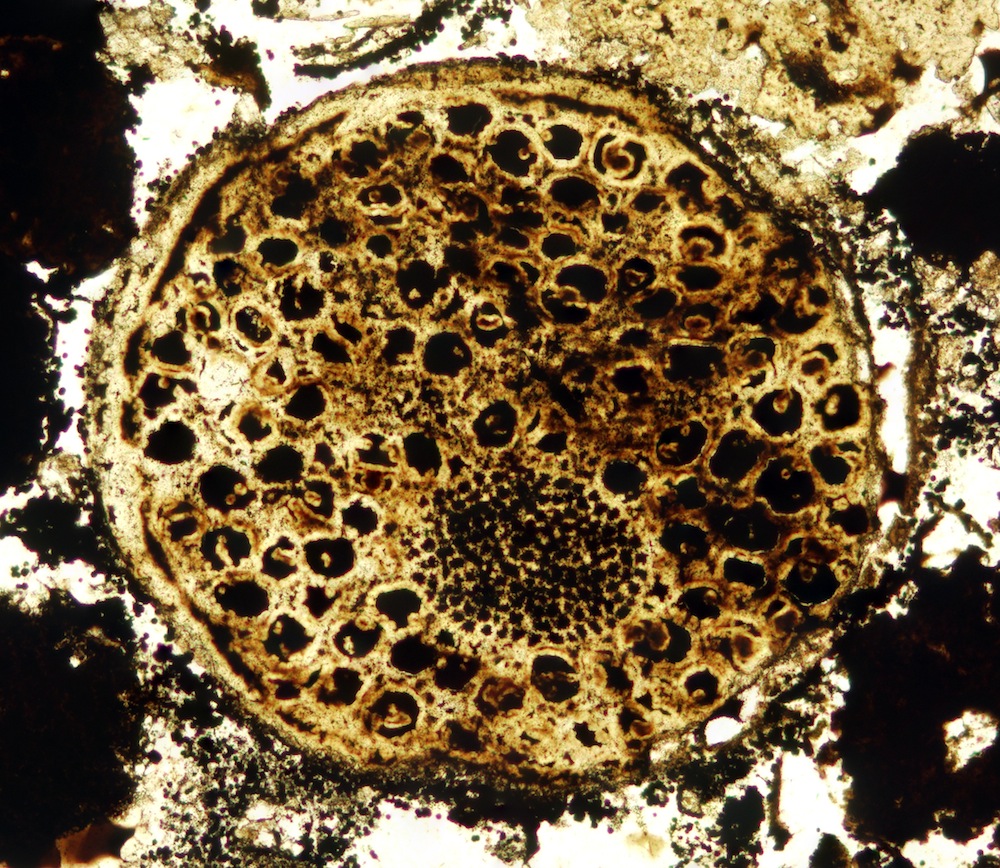
Among the possibly differentiated cells of the Megasphaera fossils are unusual structures dubbed "matryoshkas" by the study researchers. (Matryoshka is the Russian word for nesting doll.)
The cells in these matryoshka cluster are smaller than the cells in the rest of the fossil and appear to have been fossilized in the midst of dividing and growing. Xiao and his colleagues believe that these matryoshkas may be clusters of reproductive cells, segregated from the somatic, or body, cells of the organism.
Animal embryos?
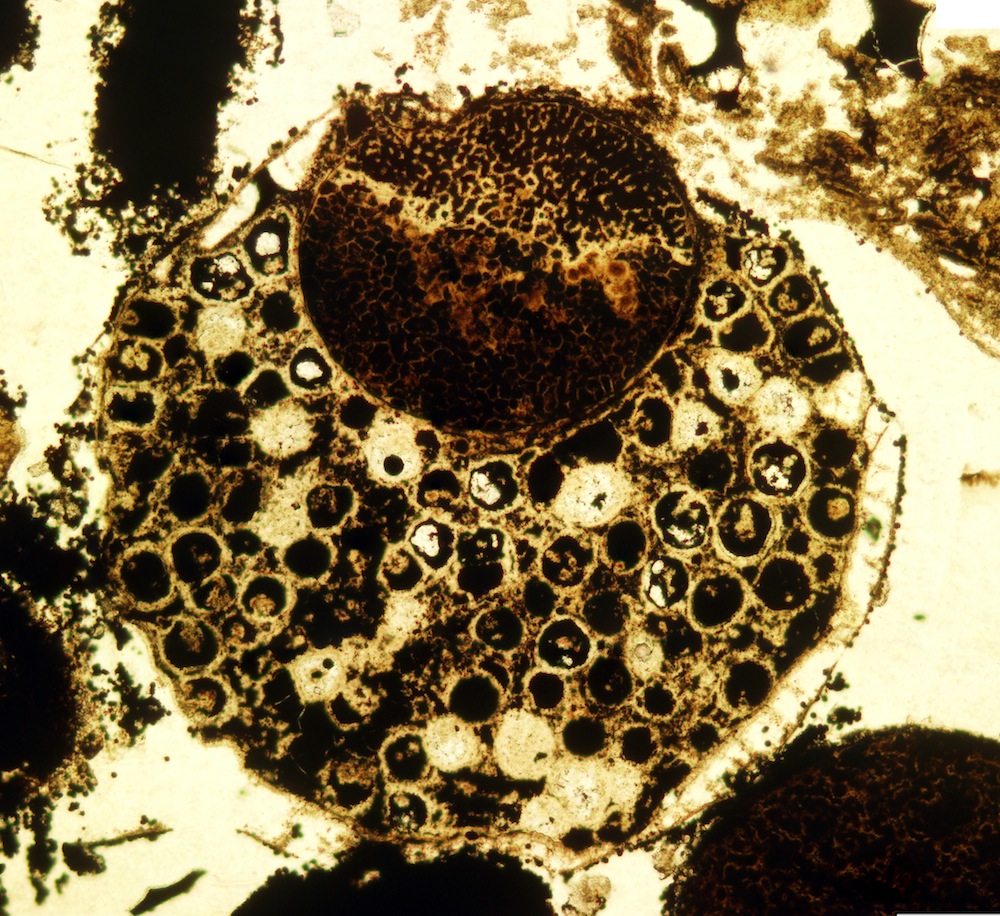
A large matryoshka structure within a 0.03-inch (0.7 millimeters) Megasphaera fossil. Researchers sliced ultra-thin layers of rock and used light to illuminate the microscopic structures inside these tiny fossils. What they found suggests that these organism had complex, differentiated cells, with reproductive cells separated from the rest.
The findings are consistent with some kinds of algae or early animal embryos. However, adult animals to produce these embryos have yet to be found.
Fossil finds
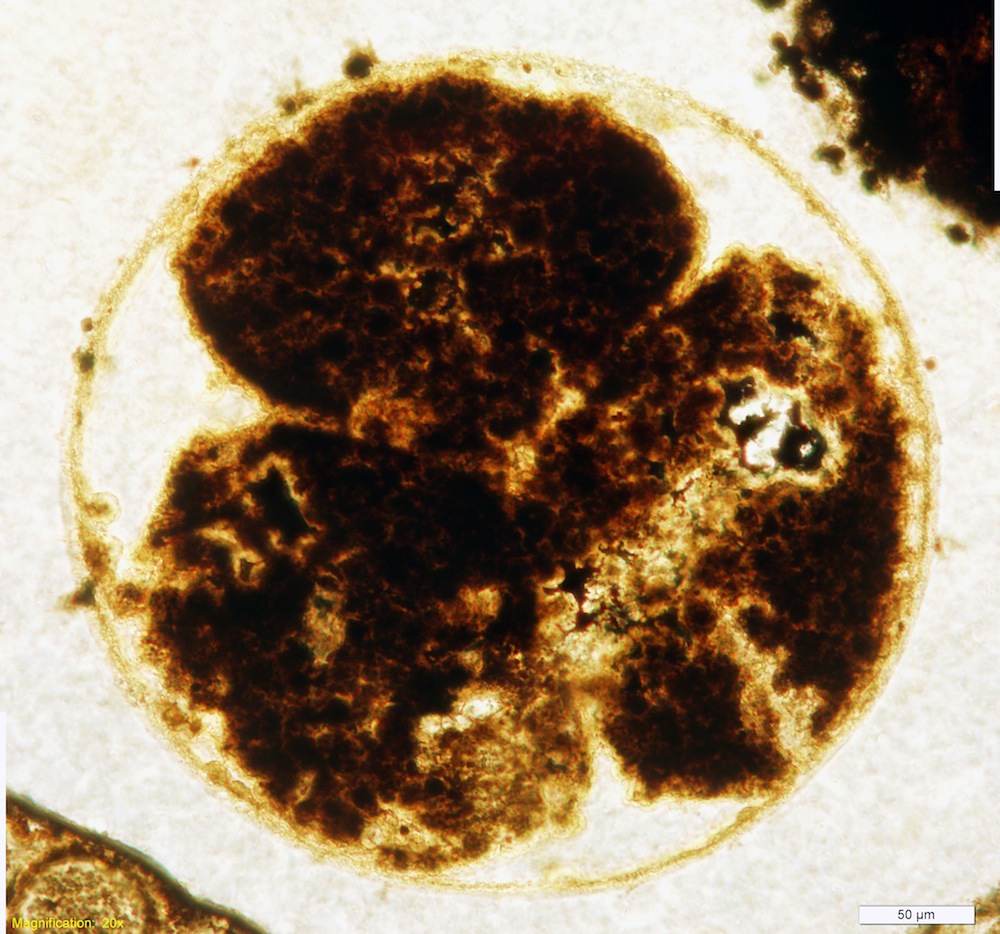
A Doushantuo Formation fossil in an early stage of development, containing only four cells. These fossils come from a shallow marine environment, perhaps similar to the Bahamas in the modern era. But 600 million years ago, animal life was just emerging on the planet, probably in the form of sponge- and jellyfish-like creatures.
Multicellular life
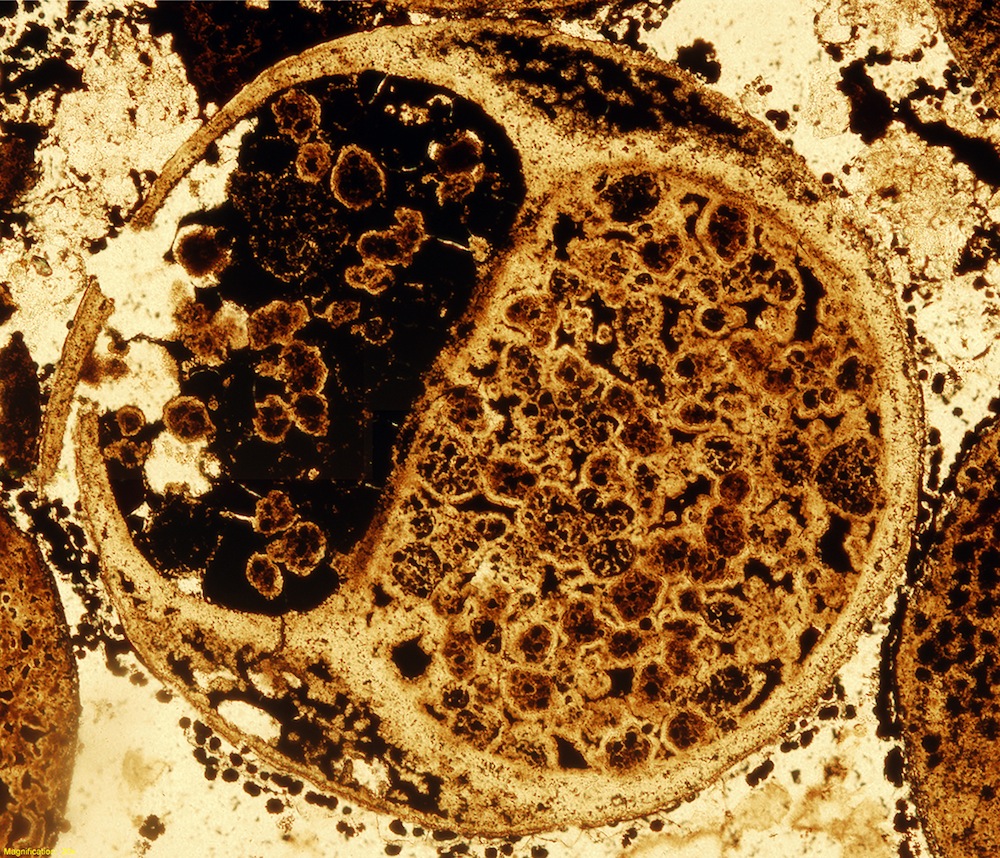
An early developmental stage of Megasphaera. The fossils may capture the transition from single-celled to multicellular life, perhaps as an early ancestor of today's animals or perhaps as an evolutionary dead-end. Researchers hope to discover fossils of adult animals that might have made these embryonic fossils, but soft-bodied animals are often elusive in the fossil record.
Get the world’s most fascinating discoveries delivered straight to your inbox.

Stephanie Pappas is a contributing writer for Live Science, covering topics ranging from geoscience to archaeology to the human brain and behavior. She was previously a senior writer for Live Science but is now a freelancer based in Denver, Colorado, and regularly contributes to Scientific American and The Monitor, the monthly magazine of the American Psychological Association. Stephanie received a bachelor's degree in psychology from the University of South Carolina and a graduate certificate in science communication from the University of California, Santa Cruz.
